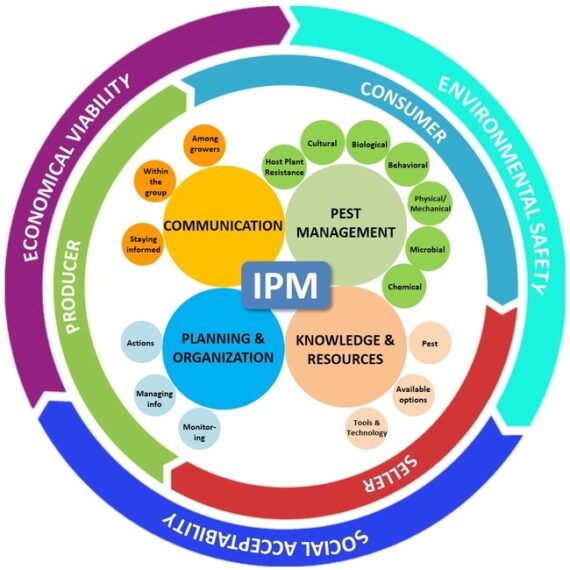Integrated Pest management (IPM)
A key component of all IPM programs is a thorough inspection and survey that may involve monitoring of pest populations.
24/7 Emergency Services! Remove pests from your business and home, and stop them from coming back!
The processes and systems we put in place provide high quality service with a focus on safety.
Emergency Line:
(02) 7 623 6539
Mobile:
0917 327 8545
Mobile:
0917 320 3278
Mon - Fri:
9:00 am - 5:00 pm
Overview
FastKil specializes in Integrated Pest management (IPM) which can control pest populations more cost effectively and more responsibly. The primary objective of IPM is to minimize any harmful effects to the environment that may result from pest-eliminating treatments. A key component of all IPM programs is a thorough inspection and survey that may involve monitoring of pest populations. IPM programs first work to define acceptable pest levels – areas where pests are not acceptable and at what threshold action is necessary.

The IPM Process:
- Inspection
- Identify Pests and Conducive Conditions
- Prevention
- Customer Consultation Sanitation, Exclusion and, if necessary, Pesticide Application
- Evaluation
- Monitoring
Benefits of IPM:
- Pest Prevention
- Customer Awareness
- Less Reliance on Pesticides
- Improved Home Maintenance
- Long-Term Solutions
- Precise Pesticide Application
- Effective and Environmentally Sensitive Protection
About IPM:
IPM employs an approach that requires more participation by the homeowner to achieve long-term pest control.
The use of two or more pest management techniques (Inspection, Identification, Sanitation, Cultural, Mechanical, Biological and/or Pesticides) to achieve established pest management objectives.
An IPM service requires time and effort to: inspect and monitor pest activity; employ procedures; make suggestions for eliminating points of entry and resting areas; and deter potential pest infestations and/or reduce existing ones.
Your continuous involvement and participation are needed to implement FastKil pest control technician’s recommendations for an effective programme.
Homes have different microhabitats which provide food, water, and harborage for pests. Decreasing the availability of suitable habitats for pests and denying access into the home may control infestations.
An effective IPM programme may include the use of pesticides. However, the amount needed will likely be reduced.
The appropriate use and application of pesticides will vary according to circumstances. FastKil pest control technician will tell you where and how pesticides will be applied in.
Why Us!
FastKil’s staff are comprehensively trained and equipped to control all types of termites in residential, commercial and industrial areas such as restaurants, hotels, apartments, houses, offices, factories, warehouses, granaries.
Industries We Serve
We listen to your needs and respond with a customized plan specific to you, scheduled to best fit your business operations...
Our educational facility cleaning experts are backed by over six decades of experience and understand the unique requirements of...
Along with creating a clean, welcoming for each patient, our Patient-Centered Cleaning Program is designed to help you exceed expectations...
20% off
With our highly skilled, experienced cleaning technicians, you can be sure your place of worship is in the best hands to keep it beautiful and...
As for our cleaning products, we use green cleaners that are effective without leaving behind any bothersome odors. We will also make sure that we...
We’ll work with you to fully understand your needs, accommodate any special requests and avoid any areas that you indicate.
Company
Quick Contact
If you have any questions or need help,
feel free to contact our team.
feel free to contact our team.
(02) 7 623 6539
© 2013 - 2024 Fastkil Pest Control Services, All Rights Reserved. | Developed by PhilWebDev






